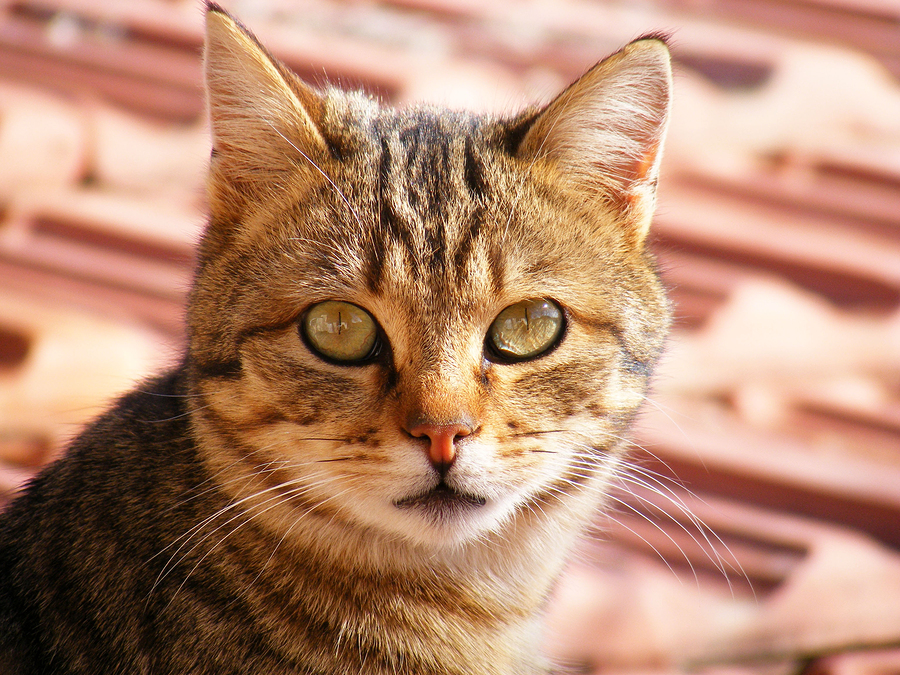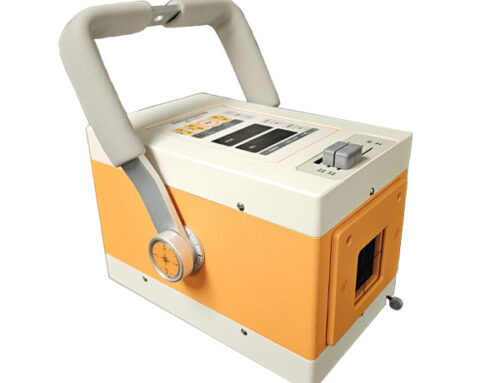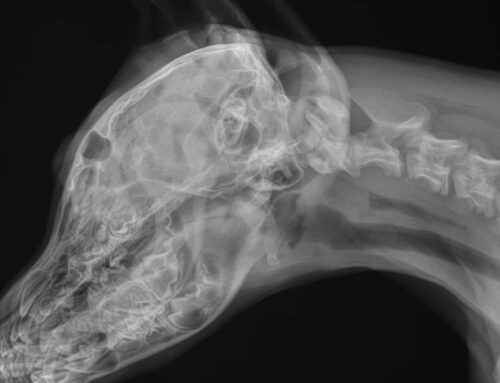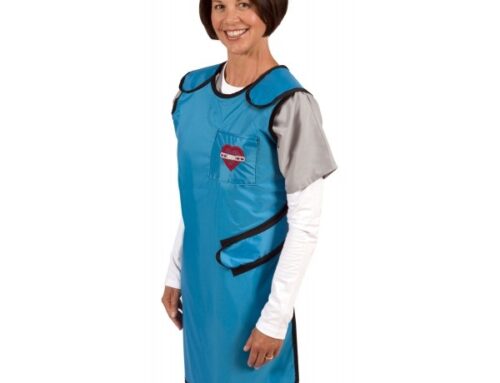Definition: A collection of diseases that are transmitted between cats by sneezing, coughing, cat fights, maternal transfer, and via people or fomites (clothes, utensils, furniture, etc.). Please read on to learn about the clinical signs, diagnosis, treatment, and prevention of some common feline diseases.
FIV and FeLV
Feline immunodeficiency virus (FIV) is a virus that can result in a multitude of health problems in cats due to reduced immune system function. Studies at Cornell University’s School of Veterinary Medicine suggest that in the United States, approximately 1.5 to 3 percent of healthy cats are infected. FIV can cause an acquired immunodeficiency syndrome sometimes called feline AIDS. Though similar to the virus that causes AIDS or HIV in people, FIV only infects cats and HIV only infects people. Because it’s contagious, it’s important to test. A positive result allows cat owners to take precautions against spread and allow the owner to help these cats lead longer and healthier lives.
Because one of the primary effects of the feline immunodeficiency virus is immunosuppression, infected cats are susceptible to a number of different secondary infections. As a result, the symptoms seen with FIV will vary from cat to cat. Treatment must be geared toward the individual cat and the cat’s physical condition.
Feline leukemia virus (FeLV) can suppress the immune system, cause cancer, or lead to other serious illnesses in susceptible cats. According to Cornell Feline Health Center, it affects 2%-3% of all cats in the U.S. Cats can live many years without consequence or signs of serious disease. Thankfully a diagnosis of FeLV is not as frightening as it sounds.
A diagnosis of either feline immunodeficiency virus (FIV) or feline Leukemia (FeLV) does not necessarily mean that the cat will live anything other than a normal life. Due to a compromised immune system, there may be a number of health problems; or not. Owners must take care to prevent bite wounds and keep the pet as healthy as possible.
Upper respiratory infections
Upper respiratory infections are very common in cats, especially kittens. The term describes a complex variety of diseases that can occur alone or in combination. As a rule they all produce similar symptoms, chiefly affecting the nose and throat.
Feline calicivirus are most commonly classified as a “cold.” Calicivirus is the “C” in your cat’s FVRCP vaccine (see additional references below).
Feline Herpesvirus 1 is another upper respiratory infection that presents like a cold in cats. The medical term for these infections is rhinotracheitis. The “FVR” in “FVRCP” combination (three-in-one) vaccines stands for feline viral rhinotracheitis, which is caused by feline herpesvirus. These infections may mix with other viruses or bacteria to produce more severe upper respiratory infections.
Panleukopenia (distemper) is a viral disease often called feline distemper. It is highly contagious, and potentially fatal, especially in young cats. It’s the “P” in combination FVRCP vaccines.
It’s important to bring your cat to a veterinarian if you think she may be suffering from any of the above. A brief exam by a veterinarian, some requiring additional testing, will help to determine if your cat requires medication, has a fever, is dehydrated, etc. Avoid self-diagnosis, since your cat may be infectious and require isolation, antibiotics or additional veterinary care.
The content is not medical advise, nor is it intended to be a substitute for veterinary treatment or care. First, consult with your veterinarian before use.






